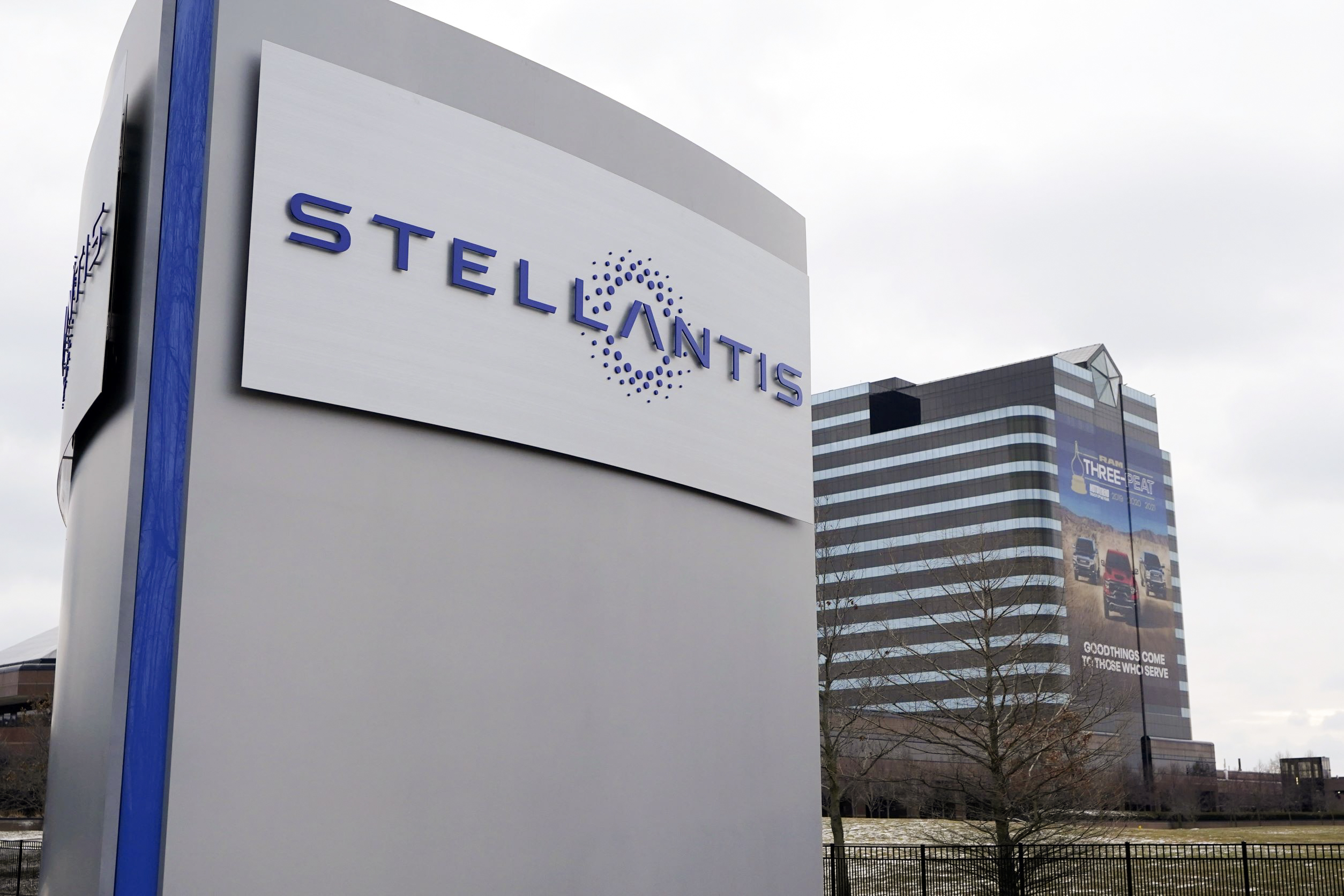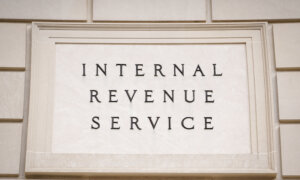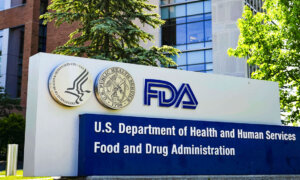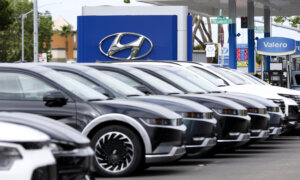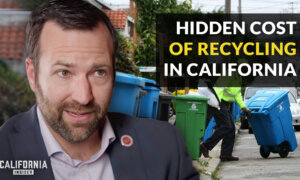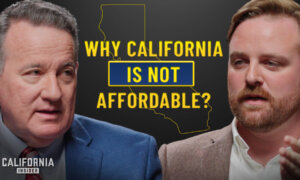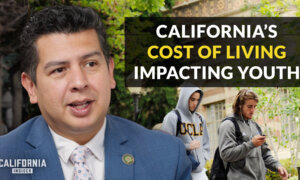Incentives offered for new-vehicle purchases increased last month amid inventory buildup, and ahead of 2024 sales close, according to vehicle valuation and information source Kelley Blue Book (KBB).
“For more than a year now, new-vehicle prices in the U.S. have remained mostly unchanged and near $48,500, as higher inventory levels continue to hold downward pressure on the market,” said a Nov. 12 KBB statement. The trend continued in October, with the average transaction price (ATP) paid for a new vehicle being $48,623. Sales incentives were 7.7 percent of the ATP, up more than 60 percent from a year back as automaker competition heats up.
It is the “season for automakers to make their final push for 2024 sales,” said Cox Automotive executive analyst Erin Keating. “While some automakers focus on managing production, many will likely maintain or even increase their seasonal incentives to attract buyers. With competition intensifying, these strategies will be crucial in maintaining market share and driving end-of-year sales.”
Since 2022, new-vehicle incentives have been rising, with eight mainstream auto manufacturers offering incentive packages valued, on average, at more than 10 percent of ATP.
The incentives offered by Stellantis’s four domestic brands—Chrysler, Dodge, Jeep, and Ram—were higher than industry average as the company sought to unload excess inventory.
The highest incentives were given by Ram, with Toyota, Porsche, Cadillac, and Land Rover offering the lowest.
Segment-wise, incentives were highest in the SUV category, followed by full-size pickup trucks, and midsize SUVs.
Last month, S&P Global Mobility Retail said that inventories at the retail level exceeded 3 million units in September. This was a “significant” 4.5 percent increase from August and the first time that inventories broke the 3-million level, said Matt Trommer, associate director at the company.
“This surge aligns with a broader trend we’ve observed over the past two years, where inventory levels consistently rise in the fall.”
US Car Market
Amid inventory buildup, dealer sentiment has dipped. In the third quarter, automobile dealers continued to view the market as “weak,” according to the Cox Automotive Dealer Sentiment Index (CADSI). The index dropped to 40 from 42 in the second quarter.Profitability index of independent dealers hit the 30 level, the lowest point since the pandemic, suggesting that the majority view profits as being weak.
“Dealer profitability is one of the central measures in our quarterly survey, as it showcases the core strength of the business,” said Jonathan Smoke, chief economist at Cox Automotive.
“And the profitability index has generally declined for three straight years, particularly for independent dealers. Most dealers feel their profitability picture is weak, and that is likely impacting many sentiment measures, dragging the overall survey scores lower.”
President-elect Donald Trump vowed to boost the auto industry during his campaign. In October, Trump promised he will offer consumer tax deductions for car loan interest.
Another proposal was to allow small businesses to deduct up to $1 million in equipment purchases from their taxes, double the current $500,000. These decisions could help drive up demand for vehicles.
A Nov. 7 report from S&P Global suggested that a Trump administration will “challenge old norms and assumptions” in its second term, with the government focused on implementing regulatory changes more quickly.
For the auto sector, this could mean that the Environmental Protection Agency and National Highway Traffic Safety Administration developing rule-making proposals much faster.
According to Cox Automotive, auto loan rates in November are down 30 basis points on an annual basis for new vehicles, and down 55 basis points for used ones. This was the third straight month of year-over-year declines.
Many auto lenders can cut yield spreads by roughly a point, which they would be willing to do “if they feel better about the economy and loan performance,” Cox said.
